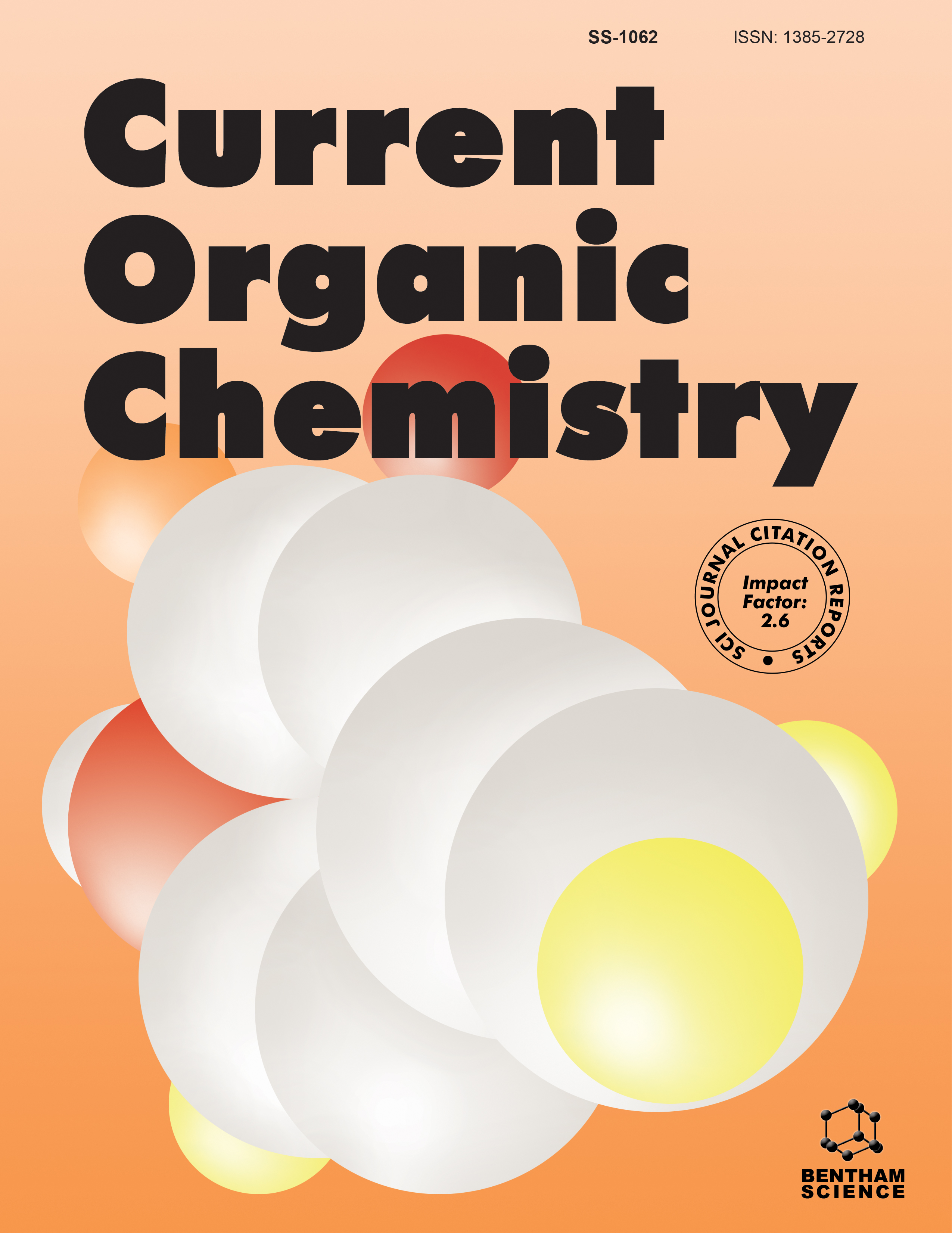-
oa Editorial (Thematic Issue: Organic Contaminants in House Dust)
- Source: Current Organic Chemistry, Volume 18, Issue 17, Sep 2014, p. 2181 - 2181
-
- 01 Sep 2014
- Previous Article
- Table of Contents
- Next Article
Abstract
The last century staged a dramatic change in the way people live and interact with the surrounding environment. A shift from an outdoor to an indoor lifestyle took place and, presently, we spend the majority of our existence inside buildings. From our early days in the kindergarten, to our teens in the school, our adulthood in the workplace and our old age in nursing homes, not forgetting “transit times” inside transportation, 80 to 90% of a person’s time is spent indoors [1]. As elegantly pinpointed by Kelley & Gibert [2], “the built environment constitutes the modern ecological habitat of Homo sapiens”. This new habitat exhibits unique characteristics (e.g., isolation, illumination, humidity) that promotes the accumulation of, not only biological agents (e.g., bacteria, fungi), but also chemical contaminants, therefore representing the prime interface between such agents and humans. All these facts stress the need to monitor and assess indoor environmental quality. This evaluation can be achieved by quantifying chemicals of concern in indoor air, for instance. However, such measurements tend to represent a limited time frame. Furthermore, deleterious effects of chemical exposure in humans are, in their majority, a consequence of chronic exposure. Therefore, long-term evaluations are essential. Indoor dust, by providing integrative measurements of chemical exposure, reveals itself as a suitable matrix to investigate indoor contamination [3]. Chemicals tend to settle in dust that acts not only as a concentrator but also as a repository of contaminants [4]. Moreover, dust is generally regarded as “something worthless” [5] and therefore indoor dust samples are easy to obtain. Despite all these facts, the use of dust in indoor environmental quality surveys and particularly in epidemiological studies is still in its infancy [3]. This thematic issue aims to gather the available information on the levels of contaminants of concern in indoor dust and to further strengthen/encourage the use of this quite unique matrix in exposure assessment studies. An attempt was made to select those compounds that were included in the “health ranking list of semi-volatile organic compounds (SVOCs) ingested through house dust” proposed by Bonvallot and colleagues [6]. The papers here presented are authored by renowned specialists in the SVOCs under appraisal and provide an exciting new perspective on the presence of these contaminants in our everyday life. The occurrence of phenolic endocrine disrupting chemicals (EDCs), including bisphenol A (BPA), tetrabromobisphenol A (TBBPA), phthalates and parabens, in indoor dust is for the first time reviewed on a worldwide basis by Dr. Kannan and co-workers. In their thorough review, the physico-chemical characteristics of these compounds are described and a perspective on the different analytical approaches for phenolic EDCs quantification is also provided. The paper by Dr. Coelhan and Dr. Hilger reviews the occurrence of chlorinated paraffins, a group of chemicals included in the health ranking list of SVOCs [6] for which limited information is available. Their review describes this group of contaminants in terms of production, use, physico-chemical and toxicological properties and also summarizes the available analytical techniques. The levels and human exposure to perfluoroalkyl substances (PFASs) in dust are reviewed by Dr. Nadal and Dr. Domingo. These authors gathered all the available information on the concentrations of PFASs, particularly perfluorooctanoic acid (PFOA) and perfluorooctane sulfonate (PFOS), in indoor dust samples. They further reviewed the data on human exposure in order to understand the role of dust ingestion as an exposure pathway to this class of emerging contaminants. Dr. Isobe and co-workers present a thorough assessment on the recent levels of brominated flame retardants (BFRs) in indoor dust. In contrast with the other groups of contaminants addressed in this thematic issue, BFRs are amongst the most well studied chemicals in dust and therefore the number of surveys is vast. In order to provide an up to date perspective of the global contamination by BFRs in the indoor environment, these authors compiled the most recent information on the concentrations of polybrominated diphenyl ethers (PBDEs) and hexabromocyclododecanes (HBCDs) in dust samples from different origins (houses, offices, public locations and cars) and geographical locations. The final paper in this issue by Dr. Suzuki and colleagues provides a new perspective on the effects based approach to evaluate toxicity mechanisms in indoor dust samples. By using in vitro bioassays alongside with instrumental analysis, their approach enables to detect the presence and the activity profile of indoor dust contaminants. We are grateful to all the authors who have contributed to this thematic issue and to the Bentham Editorial office staff for their assistance. We also manifest our gratitude towards all the reviewers for contributing with their time and expertise to this mini hot topic. We hope that this thematic issue can be of interest for researchers from a broad range of disciplines including chemistry, epidemiology and related environmental sciences.


